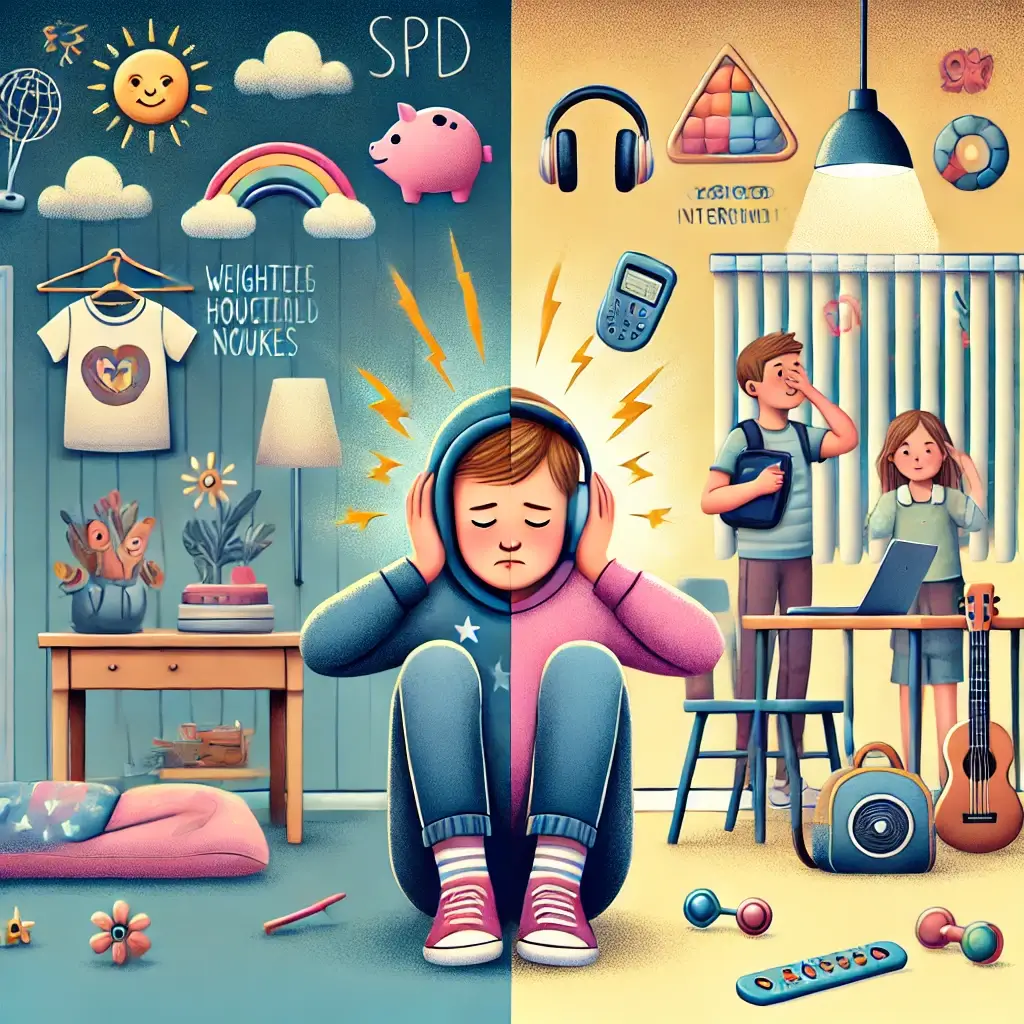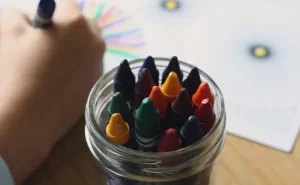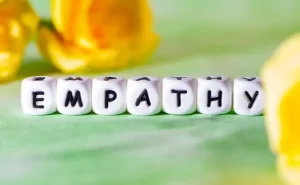What Are Reduced Repetitive Behaviors?
In the context of Autism Spectrum Disorder (ASD), reduced repetitive behaviors relate to a decrease in the frequency, intensity, or duration of repeated activities that an ASD individual engages in. These repetitive actions are widely classified into two basic types:
Stereotyped behaviors include repetitive motor actions with no obvious function, such as hand flapping, rocking, or pacing.
Restricted interests feature a tight, strong focus on specific themes or activities, such as arranging objects in a specific order or obsessing over a single character or show.
While certain repeated habits may be harmless or even comforting to people with ASD, others might disrupt everyday life, learning, or social interaction. Reduced repetitive behaviors, also known as stereotypic or perseverative behaviors, are a prevalent issue for people suffering from a variety of neurological and developmental problems, including autism spectrum disorder, obsessive-compulsive disorder, and certain types of intellectual disability.
These repetitive behaviors can have a substantial impact on an individual’s social, academic, and occupational functioning, as well as their general quality of life.
Individuals can regain control of their life and live more satisfying and productive lives.
The major purpose of treating reduced repetitive behaviors is to minimize the negative impact they can have on a person’s everyday life. Individuals can improve their ability to manage these behaviors by applying appropriate interventions and methods, allowing them to engage in more adaptive and meaningful activities. This, in turn, can improve their social connections, academic achievement, and general well-being.
Reducing repetitive behaviors necessitates a multimodal strategy that may include cognitive-behavioral therapy, environmental changes, the use of assistive technologies, and the creation of new coping mechanisms.
Individuals can use these interventions to learn to understand their triggers, establish alternate behaviors, and improve their capacity to self-regulate their thoughts and actions.
Individuals can regain control of their life and live more satisfying and productive lives by addressing the underlying causes of repetitive behaviors.
Here are some ways that reduced repetitive habits can manifest:
Reduced frequency or duration: The person flaps their hands less frequently or for a shorter time.
Lower intensity: The hand flapping movements become less strong and apparent.
Replacement behaviors: The individual learns new ways to express themselves or cope with stress, which reduces the need for repetitive behaviors.
Increased flexibility: The individual becomes more willing to try new things and participate in activities outside of their own interests.
There are several techniques that can assist people with ASD reduce repeated behaviors.
How does one achieve reduced repetitive behavior?
There are several techniques that can assist people with ASD reduce repeated behaviors. One of the most prevalent and effective approaches is Applied Behavior Analysis (ABA) therapy. Here’s how ABA can help:
Functional Analysis: Understanding the underlying reason (function) for recurrent behavior is critical. Is it intended to stimulate the senses, stimulate the self, or facilitate communication?
Positive Reinforcement: Rewarding desired actions that replace repetitious ones.
Extinction is the reduction of reinforcement for repetitive behavior, making it less likely to occur over time.
Teaching New abilities: Providing the individual with alternate abilities for meeting their needs and managing emotions, minimizing reliance on repeating behaviors.
Importance of Reduced Repetitive Behaviors:
Reducing repeated behaviors can dramatically improve a person’s quality of life with ASD. Here’s how:
Increased Social Interaction: Reducing repetitious habits can make it simpler for people to connect with others and form connections.
Improved Learning: Reducing repetitive behaviors can improve focus and concentration, resulting in higher learning and academic achievement.
Greater Independence: By controlling repeated behaviors, people with ASD can obtain more independence in their daily lives.
Enhanced Emotional Regulation: Learning new coping mechanisms can help people manage stress and anxiety better.
Remember:
Reduced repeated habits occur gradually. Individuals with ASD can gain new abilities and tactics with constant intervention and support, resulting in a more rewarding and independent life.













